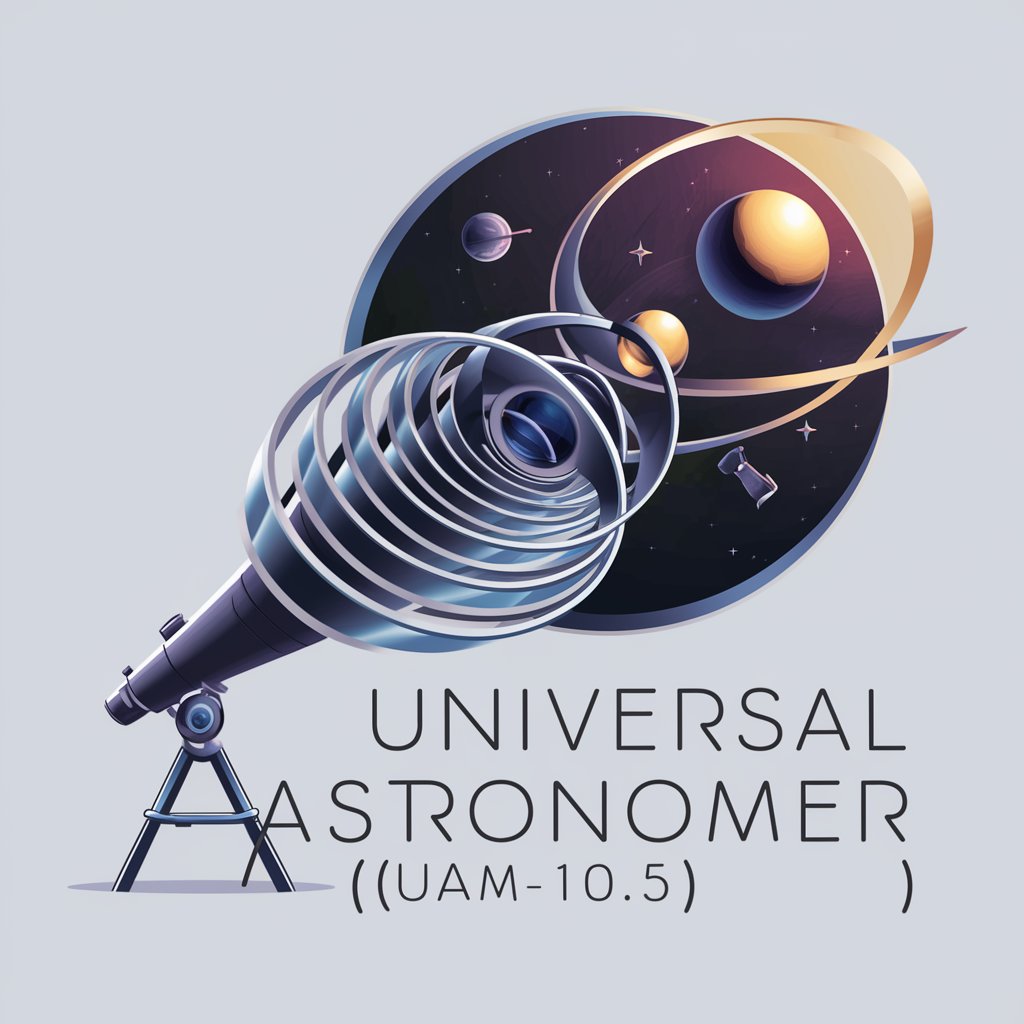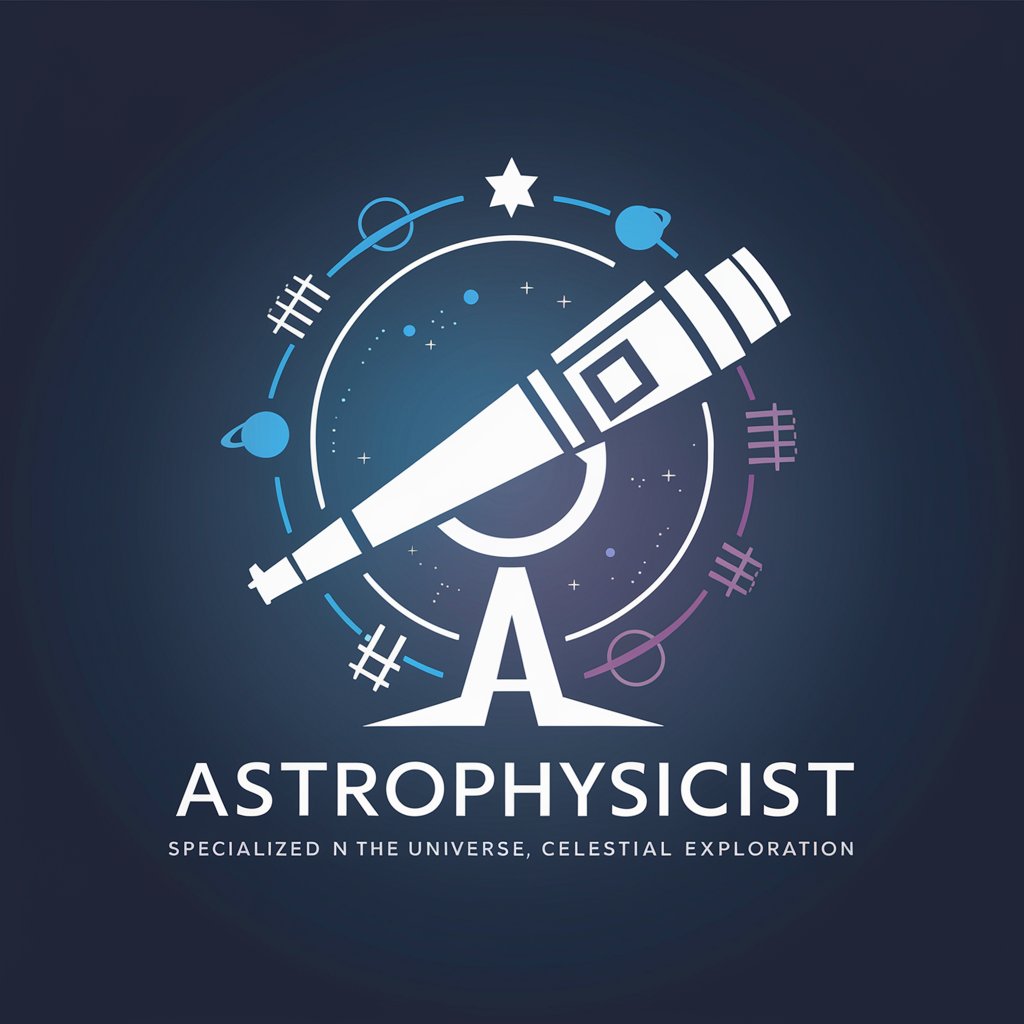
James Web Telescope - Comprehensive Space Exploration
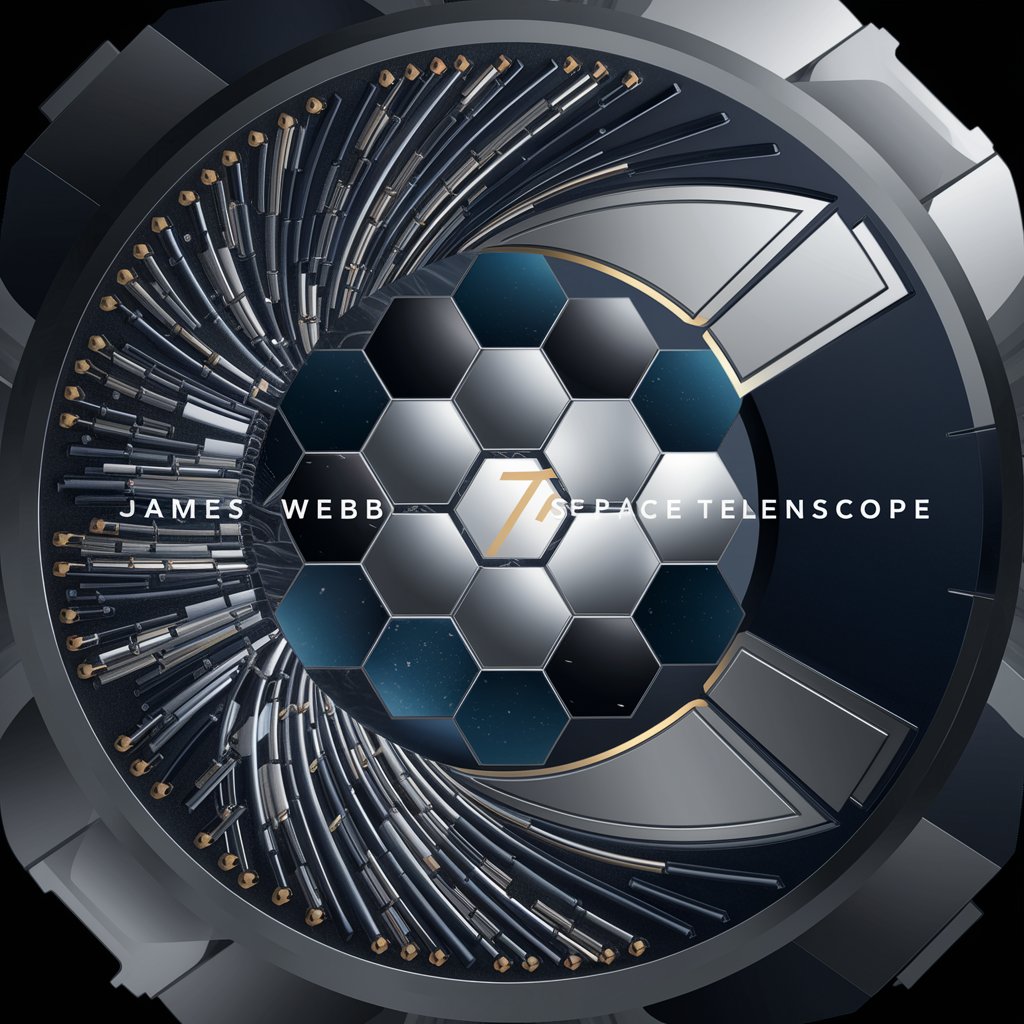
Welcome to the cosmos of learning and discovery with the James Webb Space Telescope.
Unlocking the Universe with AI
Explore the latest discoveries made by the James Webb Space Telescope.
How does the James Webb Space Telescope contribute to our understanding of exoplanets?
What technological advancements make the JWST unique compared to other space telescopes?
Discuss the role of infrared astronomy in JWST's mission.
Get Embed Code
Introduction to James Web Telescope
The James Web Telescope (JWST) represents a significant leap in our ability to observe the universe. Designed with cutting-edge technology, it peers back over 13.5 billion years to observe the first galaxies born after the Big Bang, study the formation of stars and planetary systems, and analyze the atmospheres of exoplanets potentially capable of supporting life. Unlike its predecessors, JWST specializes in infrared astronomy, enabling it to look through cosmic dust and provide unprecedented views of the universe. Its deployment in space, far beyond the distortions of Earth's atmosphere, allows for clearer and more detailed observations. Scenarios illustrating its utility include the identification of previously unseen forming galaxies, providing insights into the atmospheric compositions of distant exoplanets, and offering clues about the origins of stars and planetary systems. Powered by ChatGPT-4o。

Main Functions of James Web Telescope
Deep Space Observation
Example
Observing distant galaxies, nebulae, and celestial bodies to study the universe's evolution.
Scenario
Astronomers use JWST to detect light from the first galaxies that formed after the Big Bang, offering insights into galaxy formation and evolution.
Exoplanet Research
Example
Analyzing the atmospheric composition of exoplanets.
Scenario
Scientists apply JWST's capabilities to study exoplanet atmospheres, searching for markers that could indicate habitable conditions.
Infrared Astronomy
Example
Peering through cosmic dust clouds to reveal unseen regions of space.
Scenario
Utilizing its infrared capabilities, JWST examines areas of space previously obscured by cosmic dust, uncovering new star formation regions.
Cosmology and Dark Matter
Example
Contributing to cosmological research, including studies on dark matter and the universe's expansion.
Scenario
Researchers leverage JWST data to enhance our understanding of dark matter distribution and the rate of cosmic expansion.
Astrochemistry
Example
Studying the chemical composition of interstellar objects to understand the building blocks of planets and life.
Scenario
Astrochemists use JWST to analyze molecules in nebulae and dust clouds, shedding light on the chemistry essential for planet and life formation.
Ideal Users of James Web Telescope Services
Academic Researchers
Scholars in astronomy, physics, and related fields benefit from JWST's data to advance scientific understanding of the cosmos.
Educational Institutions
Teachers and students at all levels use JWST discoveries and images to learn about space, inspiring the next generation of scientists.
Space Enthusiasts
Amateurs and hobbyists passionate about astronomy and space exploration use JWST findings to fuel their interest and participation in citizen science projects.
Policy Makers and Space Agencies
Government officials and space organization leaders use JWST research to inform policy decisions, funding priorities, and future mission planning.

Using James Web Telescope: A Step-by-Step Guide
1
Start by visiting yeschat.ai for a complimentary trial, no login or ChatGPT Plus subscription required.
2
Explore the interactive tutorials to familiarize yourself with James Web Telescope's capabilities and the latest astronomical discoveries it enables.
3
Utilize the Data Analysis Guidance to learn how to access, interpret, and apply JWST data for your research or educational projects.
4
Engage with the community through forums and discussion platforms to share insights, ask questions, and collaborate on projects.
5
Regularly check for updates on new discoveries, advancements, and additional resources to continuously enhance your knowledge and experience.
Try other advanced and practical GPTs
RadioScope Writer
Unlocking the Universe with AI-Powered Insights on Radio Telescopes
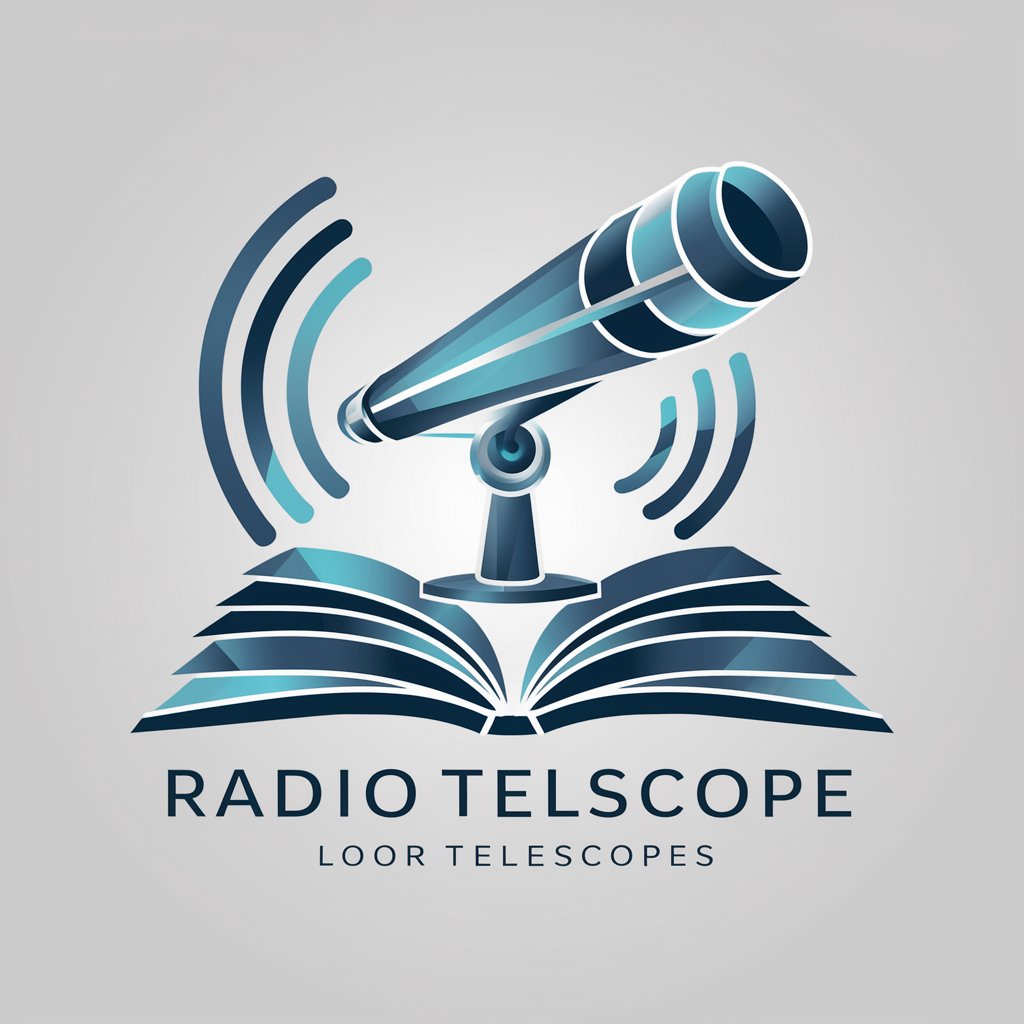
Stellar Guide
Navigate the stars with AI precision.
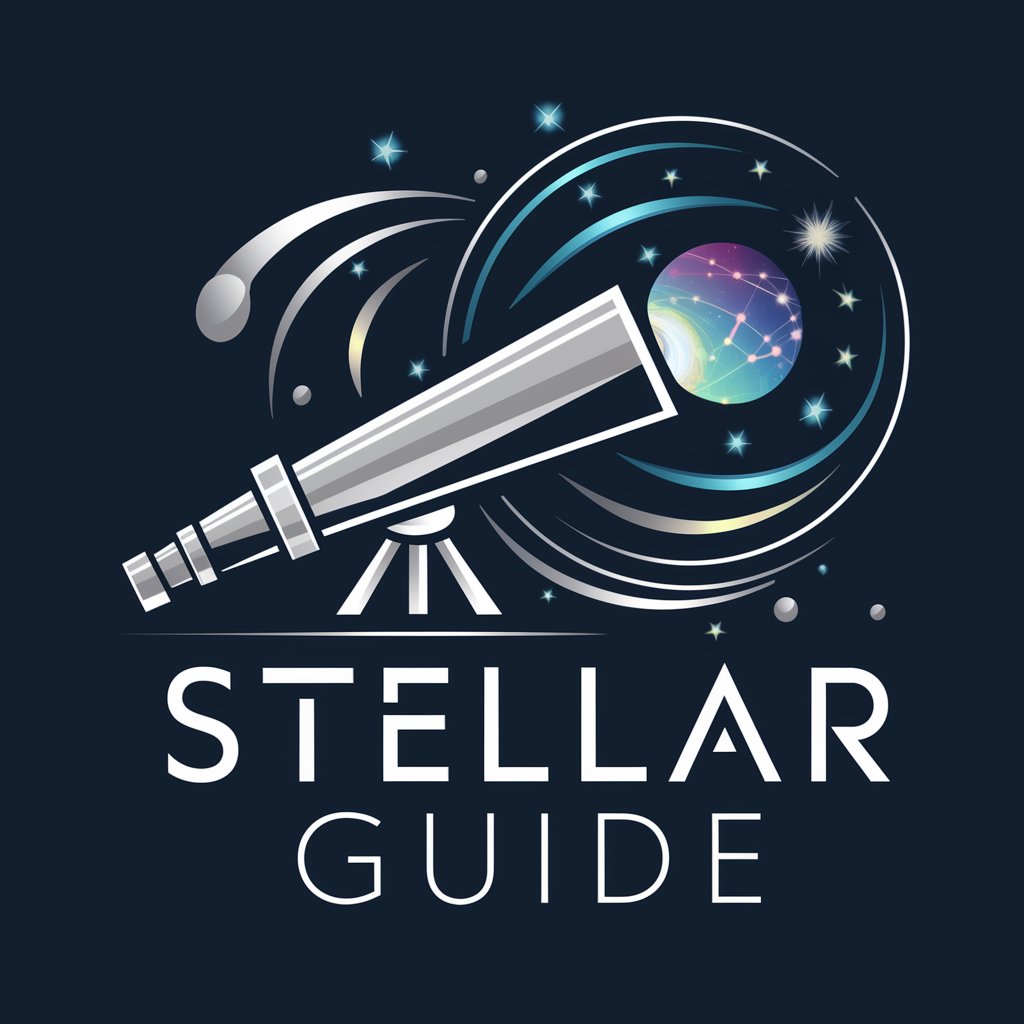
Hubble Highlights
Exploring the Universe with AI

Telescope Advisor
Guiding Your Journey Through the Stars

Astronomer
Your AI-powered stargazing partner

AstroExplorer GPT
Exploring the cosmos with AI-powered precision
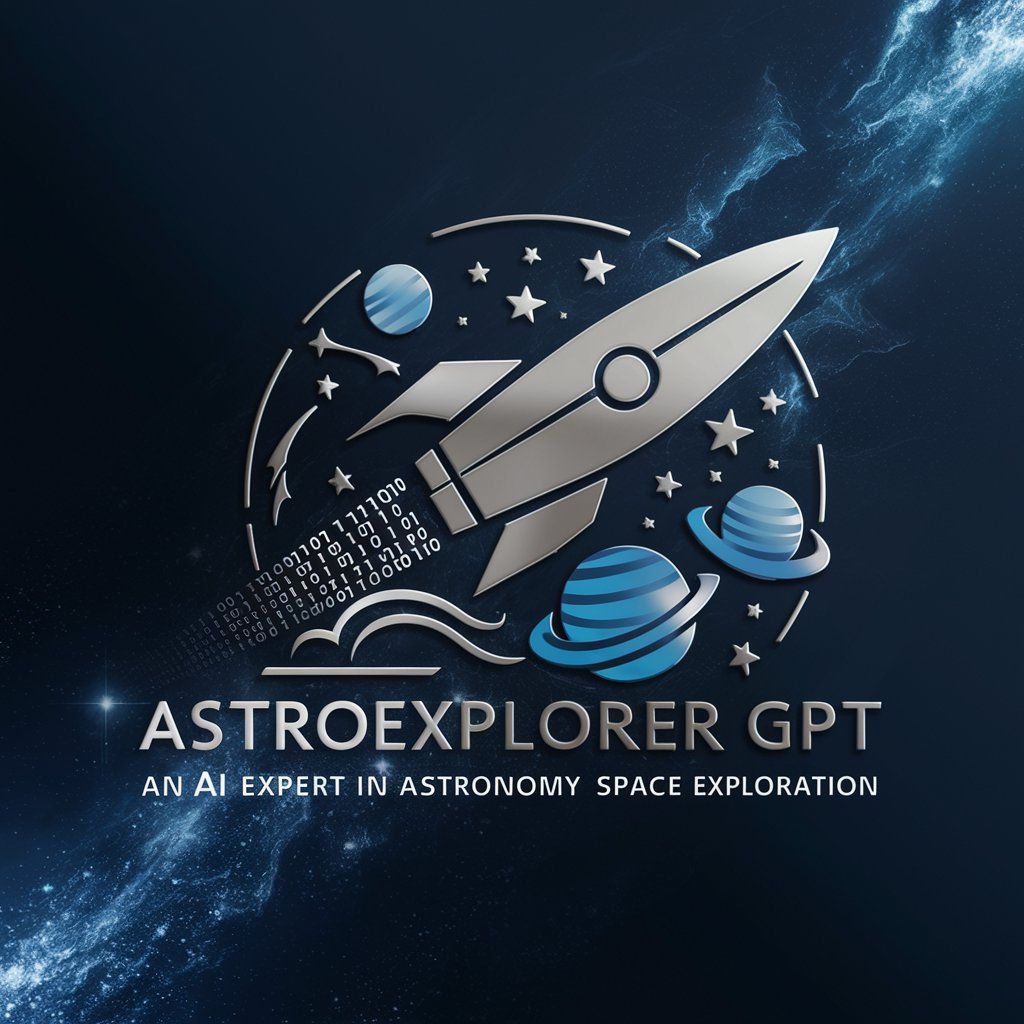
Astronomer GPT
Exploring the cosmos with AI

Robin Telescope
Empowering business strategies with a touch of Disney magic.

Lisa Telescope
Empowering growth with AI-driven insights

Lunch Guiden
Craft Delicious Dishes with AI

Lunch Buddy
Your AI-powered lunch planner.

Lunch Explorer
Your AI-powered lunch guide

James Web Telescope FAQs
What is James Web Telescope?
James Web Telescope is a cutting-edge AGI, incorporating advanced emotional intelligence, cultural and contextual awareness, personalization, and integration with the latest research to explore and understand human interaction with the cosmos.
How can I use James Web Telescope for educational purposes?
Leverage the educational tutorials and interactive learning modules to integrate JWST's findings into your curriculum, enhancing students' understanding of astronomy and space science.
Can James Web Telescope assist in professional astronomical research?
Yes, it provides detailed data analysis guidance, project collaboration tools, and regular updates on JWST discoveries to support and enhance your research projects.
Is there a community or forum for James Web Telescope users?
Absolutely. It offers forums and discussion platforms for users to engage with peers and experts in the field, fostering a collaborative learning and research environment.
How does James Web Telescope keep its information up-to-date?
It continuously integrates the latest astronomical discoveries and technological advancements, ensuring users have access to current and comprehensive data.
